Google could take its same-day delivery grocery “experiment” into other countries after receiving strong customer feedback for the scheme in the US.
Google Express, which launched in 2013, delivers everyday essentials such as groceries within hours at seven trial areas in the US - San Francisco, The Peninsula & San Jose, Los Angeles, New York, Chicago, Boston and Washington DC. It intends to launch the service in more US locations soon.
The service works by Google joining forces with 40-odd retailers, including Costco and Whole Foods Market, to provide a variety of products through the Google Express website.
At present, grocery currently features as the top category on the homepage.
Shoppers add items to their online cart, with no limit on how many different stores they can purchase from in each order. Google then has four hours to deliver the goods.
With no warehouses, all products come from Google shoppers visiting stores and buying orders on users’ behalf. To improve efficiency, Google Express selects branches of stores closest to the shopper’s home. This means both price and availability depend on local shops. Couriers then collect the order from the shoppers and make the delivery in their Google Express cars.
“We’ve had great customer feedback and the service is growing well - across all devices,” said Google MD of performance, solutions and innovations Ian Carrington. “We’re very pleased with the results we’ve got. It’s an experiment we hope to expand, by using retail partners wherever we go, in whichever countries.”
Google was moving into this area because it knew it could play in this space, said Carrington. “We have a history of solving big problems and already have great partnerships with retailers.”
He added that Google Express was currently achieving a fulfilment rate of 97% with the same percentage of orders delivered on time. Some 50% of users return to the service again within 30 days. He also said smartphone users - despite only making up 40% of Google’s shoppers - spent three times as much as other customers. Some 90% of mobile users carry out repeat purchases.
Shoppers need a Google wallet to place an order. Carrington said Google believed people would pay a premium for same-day delivery, so Google was charging monthly membership fees or one-off delivery costs. However, Google Express members don’t pay shipping and service fees on orders over $15. “Users get to buy what they want and have it delivered - this is good for people who find it difficult to get out and about, or for people who are busy,” he said.
“It’s nothing new - it’s revamping what’s already there for the modern world,” added Carrington. “If you ask your customer if they want same day delivery, they might not care. But if you offer them it, they’ll adore it.”
Amazon eyes electronics stores
American retailer RadioShack’s imminent bankruptcy filing has attracted interest from online retailing giant Amazon.
RadioShack, which has more than 4,000 locations in the US selling a variety of electronics, components and cables, could provide a platform for Amazon to push into the American high street and showcase its own electronic goods.
The stores would also be a convenient physical location for shoppers not used to shopping online.
Amazon, which has previously experimented with groceries through brands like AmazonFresh and Amazon Pantry, is reportedly interested in up to 2,000 of the RadioShack locations, with telecoms company Sprint linked to the other half.

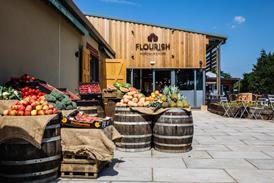


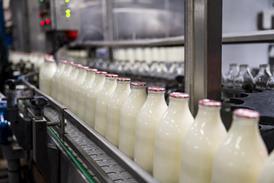


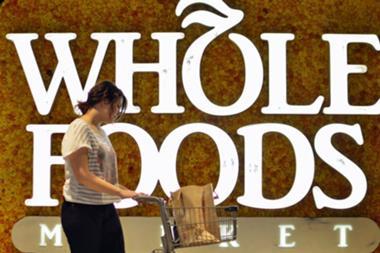
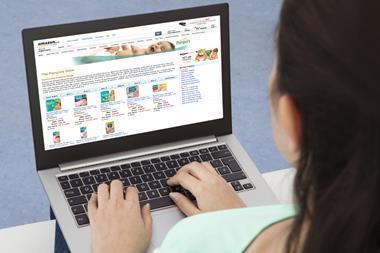
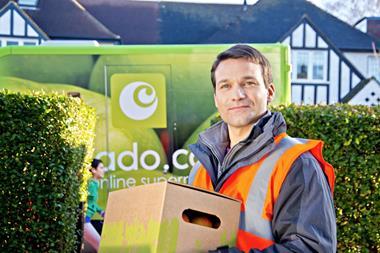






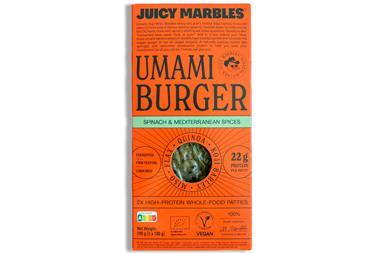

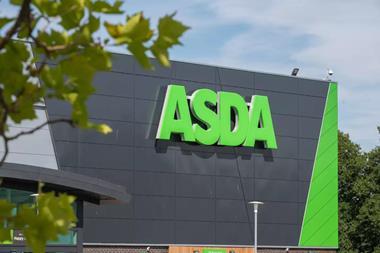
No comments yet